Silver Falls State Park
- February 5, 2024
- 0 comment
Explore Oregon’s largest state park, Silver Falls, with its stunning waterfalls, hiking trails, and lush forest. A nature lover’s paradise. Located in the heart of Oregon, Silver Falls State Park stands as the state’s largest and most captivating natural playground. Renowned for its breathtaking waterfalls, the park invites visitors to explore a world where nature’s beauty unfolds at every turn.

With its stunning waterfalls cascading through lush forests, miles of hiking trails that weave through scenic landscapes, and the tranquility of untouched wilderness, Silver Falls offers a unique escape for nature lovers and adventurers alike. A true paradise for those seeking to immerse themselves in the great outdoors, the park serves as a testament to the awe-inspiring beauty of Oregon’s natural wonders.
Characterizing Features of Silver Falls State Park
- Spectacular Waterfalls: Silver Falls State Park is renowned for its breathtaking waterfalls, including the famous South Falls, where visitors can walk behind the cascading water. The park’s waterfalls, flowing over ancient basalt formations, create a natural spectacle of beauty and power, drawing visitors from around the globe.
- Extensive Trail System: Boasting over 35 miles of trails, the park offers accessible hiking through dense forests and past its ten distinct waterfalls. The Trail of Ten Falls is a highlight, providing a range of experiences from easy walks to challenging hikes, showcasing the park’s natural wonders.
- Rich Biodiversity: Home to a diverse array of plant and animal species, Silver Falls State Park’s ancient forests and riparian zones offer a vibrant tapestry of life. This biodiversity supports educational exploration and wildlife viewing, contributing to the park’s ecological health.
- Historical Significance: The park has a rich history, from Native American use to development by the Civilian Conservation Corps in the 1930s. Structures like the South Falls Lodge reflect the park’s historical significance and early conservation efforts.
- Recreational Opportunities: Beyond its natural beauty, the park is a hub for activities like picnicking, mountain biking, horseback riding, and wildlife observation. Ranger-led programs add educational value to the recreational experience, making it ideal for family outings and outdoor adventures.
History of Silver Falls State Park

Silver Falls State Park, Oregon’s largest state park, has a history steeped in both natural wonder and human endeavor. Originally inhabited by Native American tribes, the area was later homesteaded by European settlers in the late 19th century. Recognizing the unique beauty and potential of the land, efforts to preserve it as a public park began in the early 20th century, culminating in its establishment as a state park in 1933. The Civilian Conservation Corps (CCC), part of President Franklin D. Roosevelt’s New Deal, played a crucial role in the park’s early development, constructing trails, picnic areas, and the iconic South Falls Lodge. Over the years, Silver Falls State Park has grown in popularity and size, now encompassing over 9,000 acres and attracting visitors from around the world with its stunning waterfalls, extensive trail system, and rich biodiversity, embodying a successful blend of conservation, recreation, and education.
Unique Ecosystem of Silver Falls State Park
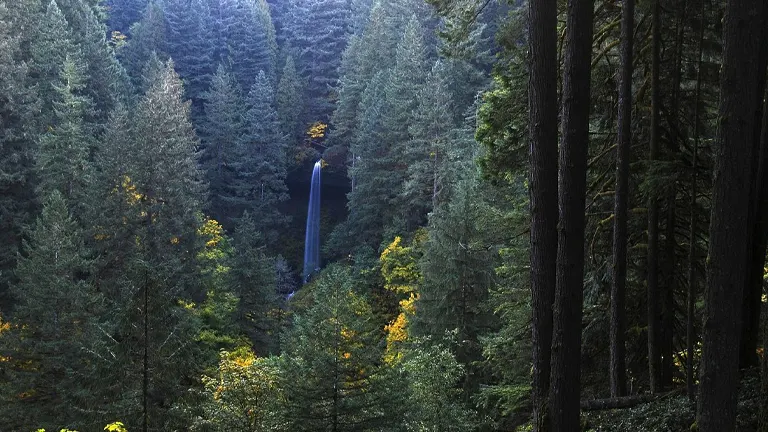
Silver Falls State Park is a biodiversity hotspot, showcasing a unique ecosystem that supports a wide range of plant and animal life. The park’s varying elevations and moist climate create a perfect environment for the lush, dense forests that characterize the region. Underneath the canopy, the forest floor thrives with a diverse array of ferns, mosses, and fungi, including several rare and endangered species. Streams and rivers running through the park further contribute to the rich biodiversity, supporting aquatic life and providing vital resources for the terrestrial wildlife that calls this park home.
Location of Silver Falls State Park
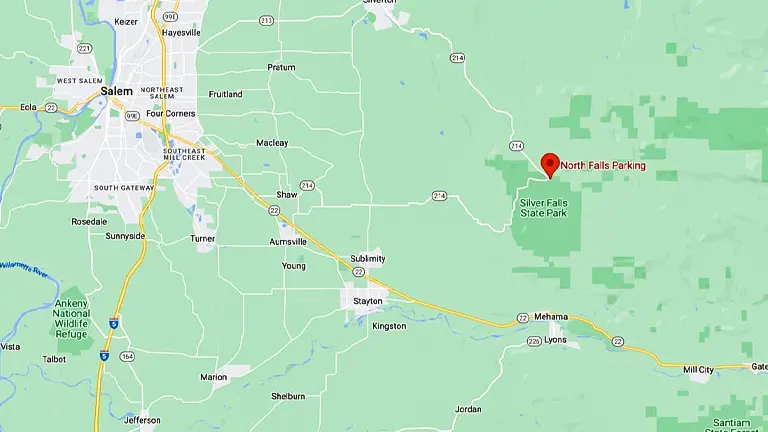
Silver Falls State Park is nestled in the serene landscape of the Pacific Northwest, located in Oregon, approximately 25 miles east of the state’s capital, Salem. This prime location makes the park easily accessible for both day-trippers and long-term visitors. Surrounded by the majestic beauty of the Cascade Mountains, the park’s location offers not just incredible natural vistas but also a convenient gateway for exploring the broader wonders of Oregon’s diverse landscapes. For those traveling from Portland, a drive of about an hour and a half south will lead you to this natural sanctuary, making it an ideal escape into nature without the need for extensive travel.
Here are specific guidelines on how to reach Silver Falls State Park:
Driving from Portland:
- Take I-5 South towards Salem.
- Merge onto OR-213 S via EXIT 260A toward Silverton.
- Follow OR-213 S, then turn left onto Silverton Rd NE/OR-213. Continue to follow OR-213.
- Turn slight right onto Cascade Hwy/OR-214. Follow OR-214 directly to the park.
Driving from Eugene:
- Take I-5 North towards Salem.
- Take EXIT 253 for OR-22 E toward Detroit Lake/Bend.
- Merge onto OR-22 E/Wilson St SE.
- Take the exit toward OR-214 N/Silver Falls State Park.
- Merge onto OR-214 N, and follow signs directly to the park.
From Salem (Public Transit + Taxi/Rideshare):
- Use Cherriots Regional (Salem’s public transit service) to get as close to Silverton as possible.
- From Silverton, a taxi or rideshare service can be used to cover the remaining distance to Silver Falls State Park. Note: This option requires planning, as services might not be readily available.
Biking Route from Salem:
- For an eco-friendly journey, you can bike from Salem to Silver Falls State Park. The most straightforward route is to follow Silverton Road NE out of Salem, which becomes OR-214. This road leads directly to the park.
Note: This is a long and challenging route suitable for experienced cyclists only. Ensure you are prepared for the distance and elevation gain.
Hiking or Backpacking:
- For those on the Oregon scenic trail or other long-distance trails, you can plan a route that intersects with Silver Falls State Park. Check local trail maps and resources for connecting trails that lead to the park.
The Importance of Conservation and Recreation in Silver Falls State Park

The dual focus on conservation and recreation at Silver Falls State Park underscores its significance as a natural reserve and a recreational haven. Conservation efforts ensure the protection of its unique ecosystems, preserving the park’s breathtaking waterfalls, ancient forests, and diverse species for generations to come. Simultaneously, by encouraging responsible recreation, the park promotes environmental awareness and appreciation among its visitors. Activities such as hiking, wildlife observation, and photography allow people to connect with nature, fostering a sense of stewardship and the importance of preserving these natural treasures.
Diverse Vegetation and Plant Species in Silver Falls State Park
- Douglas Fir (Pseudotsuga menziesii): As one of the most dominant trees in the Pacific Northwest, Douglas firs tower over the park, creating a canopy that supports a diverse ecosystem. These trees can live for hundreds of years and grow to monumental sizes, symbolizing the enduring wilderness of the region.
- Western Redcedar (Thuja plicata): This moisture-loving tree thrives in the park’s damp environments. Its rot-resistant wood was highly valued by Native Americans for building. The Western Redcedar contributes to the park’s dense, lush forests that offer habitat for myriad wildlife.
- Sword Fern (Polystichum munitum): Ubiquitous across the park’s understory, sword ferns add to the verdant, green landscape that greets visitors. These ferns are an indicator of a healthy, undisturbed forest ecosystem, showcasing the park’s commitment to conservation.
- Bigleaf Maple (Acer macrophyllum): Recognizable by its large, lobed leaves, the bigleaf maple adds a splash of color to the park, especially in autumn. These trees support a microhabitat of their own, with mosses, lichens, and epiphytic plants thriving on their trunks and branches.
- Oregon Grape (Mahonia aquifolium): The state flower of Oregon, this evergreen shrub is found throughout Silver Falls State Park, identifiable by its holly-like leaves, yellow flowers, and blue berries. Oregon grape plays a crucial role in the ecosystem, providing food for native wildlife.
- Pacific Rhododendron (Rhododendron macrophyllum): Blooming in late spring to early summer, the Pacific rhododendron adds vibrant hues of pink and purple to the park’s landscape. This shrub is emblematic of the Pacific Northwest’s botanical diversity.
- Trillium (Trillium ovatum): One of the first flowers to bloom in spring, trilliums are a delightful sight for early visitors to the park. Their white, three-petaled flowers turn pink as they age, symbolizing the onset of the growing season.
- Maidenhair Fern (Adiantum aleuticum): This delicate fern, with its fan-shaped, segmented fronds, thrives in the moist, shady areas of the park. Maidenhair ferns add to the understory’s complexity and beauty, contributing to the park’s lush appearance.
- Red Alder (Alnus rubra): Often found along streams and wet areas, red alders are vital for soil enrichment, as they fix nitrogen in the soil, enhancing fertility. Their presence supports the park’s complex ecosystem, promoting biodiversity.
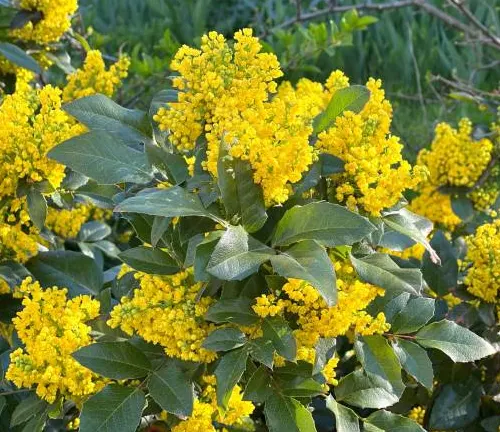
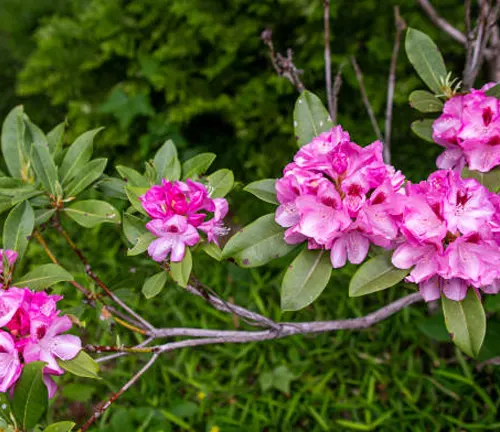
Fauna in Silver Falls State Park
- Black-Tailed Deer (Odocoileus hemionus): A common sight within the park, black-tailed deer are crucial for seed dispersal and vegetation control. Their presence reflects the park’s healthy ecosystem, offering visitors a chance to observe these graceful animals in their natural habitat.
- Roosevelt Elk (Cervus canadensis roosevelti): These majestic creatures roam the more secluded areas of the park, representing one of the larger mammal species in the region. Their browsing habits help shape the vegetative landscape of the park, promoting ecological balance.
- Coyote (Canis latrans): As opportunistic predators, coyotes play a key role in controlling the population of small mammals and rodents. Their adaptability to different environments makes them an integral part of the park’s food web.
- American Beaver (Castor canadensis): Beavers are ecosystem engineers, creating wetlands that support a diverse range of species by felling trees and building dams. Their activities can alter the park’s landscape, demonstrating the interconnectedness of species and their environment.
- Northern Spotted Owl (Strix occidentalis caurina): Listed as threatened, the northern spotted owl relies on the park’s old-growth forests for nesting and hunting. The preservation of these habitats is crucial for the survival of this species, highlighting the importance of conservation efforts.
- Pacific Tree Frog (Pseudacris regilla): This small, often green frog is known for its distinctive croaking, especially during the rainy season. As a key indicator species, its presence and health signal the overall well-being of the park’s aquatic ecosystems.
- Banana Slug (Ariolimax columbianus): These large, yellow slugs are a fascinating sight, playing a critical role in decomposing organic matter and recycling nutrients back into the soil. Their health reflects the cleanliness and balance of the park’s ecosystem.
- Bald Eagle (Haliaeetus leucocephalus): As the national bird of the United States, bald eagles can occasionally be spotted soaring above the park, especially near water sources. Their presence is a sign of the park’s healthy waterways and abundant fish populations.
- Salmon and Steelhead (Oncorhynchus spp.): Migratory fish species like salmon and steelhead use the park’s streams and rivers to spawn. Their lifecycle contributes to nutrient cycling from the ocean to freshwater ecosystems, supporting a wide range of terrestrial and aquatic life.

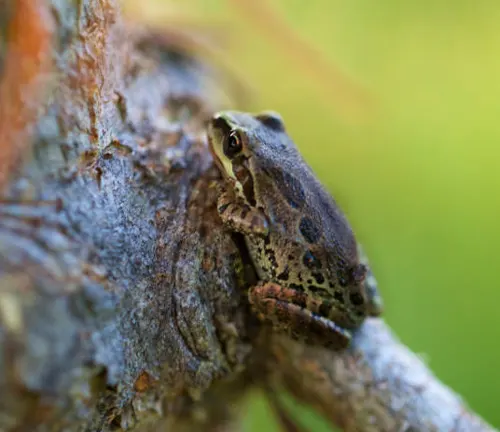
Attractions in Silver Falls State Park
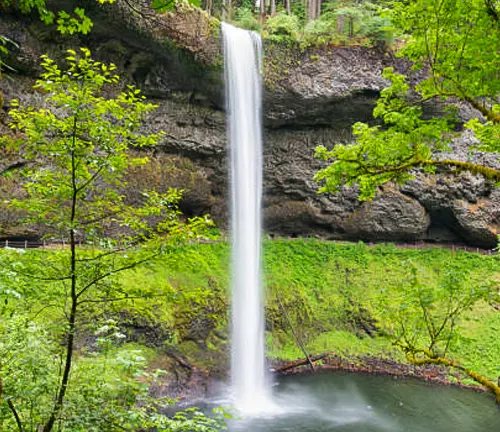
South Falls: The crown jewel of the park, South Falls drops an impressive 177 feet, allowing visitors the unique experience of walking behind the waterfall via a trail that passes through a natural cave. This feature not only provides a stunning view of the falls from behind the curtain of water but also showcases the geological beauty of the area.
Trail of Ten Falls: This nationally recognized hiking trail offers a moderately challenging loop of approximately 7.8 miles that guides visitors past ten spectacular waterfalls. Each waterfall has its own character, from the towering North Falls to the serene Middle North Falls, making this trail a comprehensive tour of the park’s most breathtaking features.
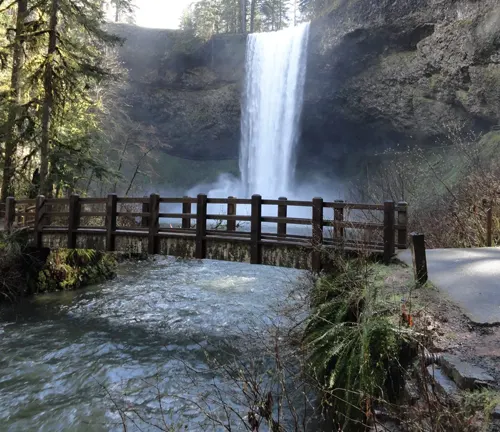
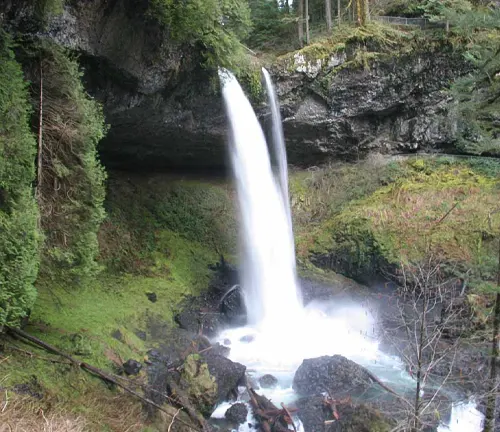
North Falls: Standing at 136 feet, North Falls is another of the park’s marvels, with a spacious cave behind the waterfall that was carved out by erosion. This cave offers a unique vantage point to view the falls and the surrounding canyon, providing a serene spot to appreciate the power of nature.
Winter Falls: Often overlooked due to its seasonal flow, Winter Falls plunges 134 feet and is most impressive during the rainy months. The trail to Winter Falls offers a quieter, less-traveled path, allowing for a more intimate experience with the park’s natural beauty.
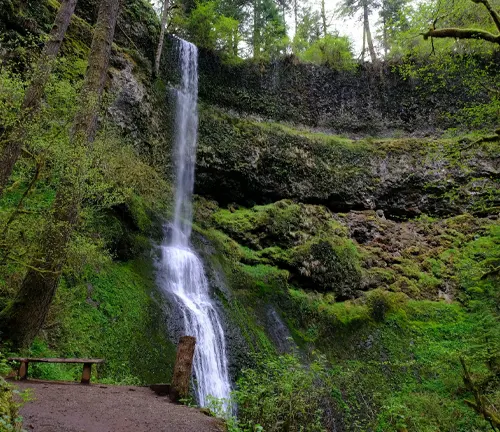
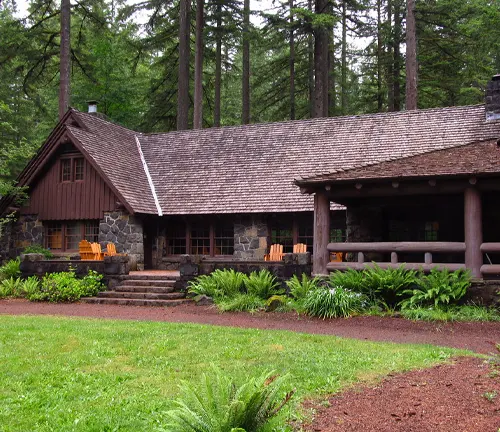
Silver Falls Lodge and Conference Center: Built by the Civilian Conservation Corps in the 1930s, the historic lodge serves as a center for information, dining, and relaxation. Its rustic charm and historical significance make it a must-visit for those interested in the park’s history and those seeking a peaceful retreat in nature.
South Falls Day-Use Area: This area is perfectly equipped for families and larger groups, offering picnic tables, barbecue stands, and a playground. The nearby South Falls offers a stunning backdrop for a day of relaxation and fun in the outdoors.
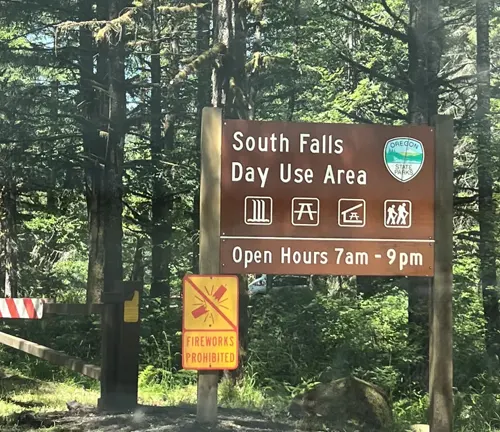
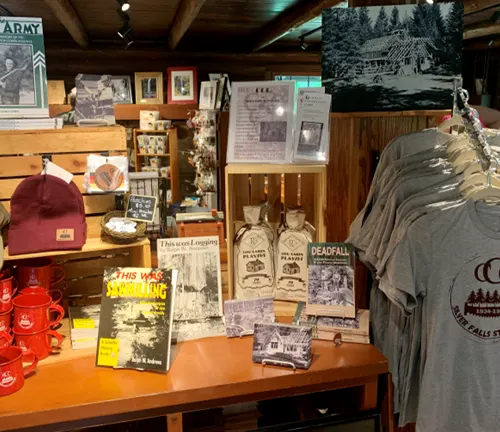
Silver Falls Nature Store: Located near South Falls, the nature store offers souvenirs, educational materials, and refreshments. It’s a great place to pick up a memento of your visit or gifts that capture the spirit of Silver Falls.
Smith Creek Village: Offering a unique overnight experience, Smith Creek Village provides cabin rentals within the park. It’s an ideal option for those looking to extend their stay and immerse themselves fully in the tranquility of the park’s natural environment.
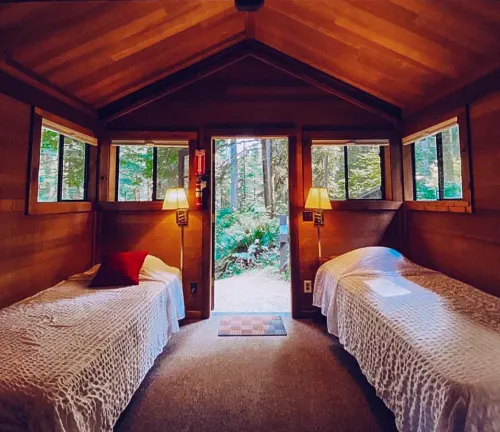
Recreational Activities in Silver Falls State Park
- Hiking: With over 35 miles of trails, hiking is one of the most popular activities at Silver Falls State Park. The trails range from easy, family-friendly walks to more strenuous hikes, such as the Trail of Ten Falls loop, which offers breathtaking views of the park’s famous waterfalls. The well-maintained trails provide a safe and accessible way for visitors to explore the diverse landscapes of the park, from ancient forests to cascading waterfalls.
- Photography: The park’s stunning natural scenery, from its majestic waterfalls to its lush forested paths, makes it a paradise for photographers. Whether you’re a professional looking to capture the perfect shot of the falls shrouded in mist or an amateur wanting to document your family’s adventures, Silver Falls State Park offers endless opportunities to capture memorable images against a backdrop of unparalleled natural beauty.
- Picnicking: With numerous picnic areas scattered throughout the park, visitors can enjoy a meal surrounded by nature’s splendor. The South Falls Day-Use Area is particularly popular, providing picnic tables, BBQ stands, and easy access to the South Falls, making it the perfect spot for a family outing or a relaxing lunch break during your explorations.
- Mountain Biking: For those seeking a bit of adrenaline, the park offers designated mountain biking trails. These trails provide a challenging and exhilarating way to experience the park’s landscapes, with routes that weave through the forest and offer varying levels of difficulty to accommodate different skill levels.
- Horseback Riding: Equestrian enthusiasts can take advantage of over 14 miles of horseback riding trails that traverse the park. These trails offer a unique perspective on the park’s beauty, allowing riders to explore remote areas not easily accessible by foot. The park’s equestrian-friendly facilities include horse trails and a horse camp, designed to make your equine adventure as enjoyable as possible.
- Nature Observation and Wildlife Viewing: The park’s diverse ecosystems make it an excellent place for nature observation and wildlife viewing. Birdwatchers can spot a variety of bird species, including the elusive northern spotted owl. Meanwhile, the park’s streams and forests are home to a rich array of wildlife, from black-tailed deer to salamanders, providing ample opportunities for visitors to connect with nature.
- Ranger-Led Interpretive Programs: During the summer months, the park offers ranger-led interpretive programs that provide insights into the park’s natural and cultural history. These programs, which may include guided hikes, talks, and educational activities, are a great way to learn more about the park’s ecosystems, wildlife, and conservation efforts.
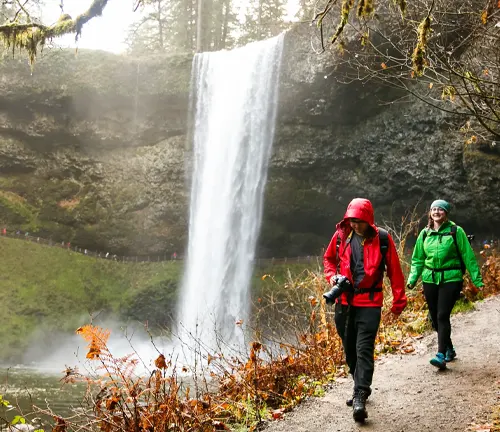
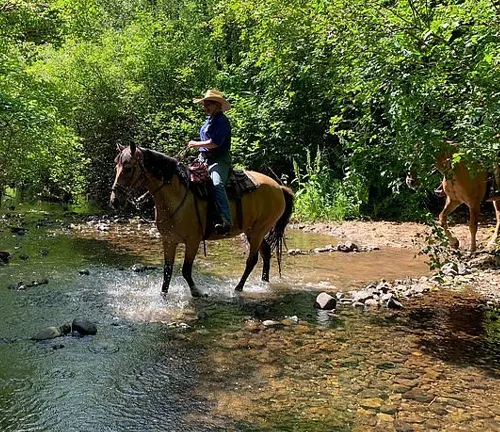
Different Facilities and Amenities in Silver Falls State Park
- Camping Sites: The park offers a range of camping options to accommodate different preferences, including tent sites, RV sites with electrical hookups, and rustic cabins. The campgrounds are nestled within the park’s natural surroundings, providing a peaceful retreat after a day of exploring. Facilities at the campgrounds include restrooms, showers, and fire pits, making for a comfortable and convenient outdoor stay.
- Picnic Areas: Scattered throughout the park are numerous picnic areas equipped with tables and grills, ideal for family gatherings or a quiet lunch in the woods. The South Falls Day-Use Area is particularly popular for picnics, offering spacious lawns, sheltered areas, and easy access to the nearby waterfall.
- Trails: Over 35 miles of trails crisscross the park, ranging from easy walks to challenging hikes. These well-marked and maintained trails provide safe and accessible routes for exploring the park’s natural beauty, including its famous waterfalls, old-growth forests, and river canyons.
- Visitor Center: Located near the South Falls entrance, the Visitor Center is a hub of information for guests. Here, visitors can find park maps, trail guides, and exhibits on the park’s history and natural features. The friendly staff can offer recommendations and answer any questions to help plan your visit.
- Silver Falls Lodge and Conference Center: This historic lodge offers a unique venue for weddings, meetings, and retreats, in addition to providing dining options for park visitors. Its rustic charm and scenic setting make it a memorable location for special events or a relaxing meal.
- Nature Store: Near South Falls, the Nature Store sells souvenirs, crafts, snacks, and educational materials. Purchases here support park maintenance and educational programs, making it a great place to pick up a memento or gift while contributing to the park’s preservation.
- Play Areas: For families with children, the park features several play areas where kids can run and play in a safe, natural environment. These areas provide a break from hiking and exploring, allowing children to burn off energy and enjoy the outdoors.
- Restrooms and Showers: Strategically located throughout the park, including at campgrounds, day-use areas, and trailheads, restrooms and shower facilities are available for visitor convenience. These facilities are maintained to ensure cleanliness and accessibility.
- Parking Areas: Ample parking is available at various points throughout the park, including near major attractions like South Falls, the Visitor Center, and the picnic areas. Parking fees apply, which go directly toward the maintenance and operation of the park.
Tips and Advice for Visiting Silver Falls State Park
- Plan Your Visit During Off-Peak Times: To avoid crowds, especially at popular spots like South Falls, consider visiting on weekdays or during the early morning hours. The park’s tranquil beauty can be more fully appreciated when it’s less crowded, allowing for a more personal connection with nature.
- Wear Appropriate Footwear: Given the park’s extensive network of trails, which can include uneven terrain and slippery sections near waterfalls, wearing sturdy, comfortable hiking boots or shoes is essential for safety and comfort. Proper footwear will enhance your hiking experience and help prevent slips or falls.
- Stay on Designated Trails: For your safety and to protect the park’s delicate ecosystems, it’s important to stay on marked trails at all times. Venturing off the path can lead to erosion, disturb wildlife, and damage native plant life. Plus, many of the park’s attractions, including its beautiful waterfalls, are best viewed from the designated trails.
- Pack Essentials: Even for short hikes, it’s wise to bring water, snacks, a basic first-aid kit, and weather-appropriate clothing. The weather can change rapidly in the park, so layers are recommended. Don’t forget to pack a map of the park, or pick one up at the Visitor Center, to help navigate the trails.
- Leave No Trace: To preserve the natural beauty of Silver Falls State Park for future visitors, follow Leave No Trace principles. This includes packing out all trash, respecting wildlife by observing from a distance, and not picking plants or removing rocks.
- Check Weather Conditions: Before heading out, check the weather forecast for the park. Weather conditions can greatly affect your visit, especially if planning to hike. Rain can make trails slippery, and snow can lead to trail closures in winter. Being prepared will ensure a more enjoyable visit regardless of the weather.
- Photography Etiquette: While capturing the beauty of the park through photography, be mindful of others. Avoid blocking trails or viewpoints for extended periods and be cautious with equipment to ensure both your safety and that of the environment.
- Plan for Limited Cell Service: Cell service can be spotty in various parts of the park, especially in more remote areas. Plan accordingly by downloading maps and any necessary information ahead of time. Inform someone of your plans, especially if you’re venturing out on longer hikes.
Recommendation
For a truly unforgettable experience, don’t miss the chance to explore the Trail of Ten Falls. This hike not only showcases the park’s spectacular waterfalls but also its diverse ecosystems and the serene beauty of the ancient forest. It’s an ideal way to experience the essence of Silver Falls State Park.
Conclusion
In summary, Silver Falls State Park is a remarkable showcase of nature’s beauty, offering an unforgettable experience with its stunning waterfalls, scenic trails, and rich wildlife. It’s a place where adventure meets tranquility, making it a must-visit destination for anyone looking to explore the best of Oregon’s natural landscapes. Whether you’re seeking a day of hiking or a moment of peace in the forest, Silver Falls promises to leave you with lasting memories and a deeper appreciation for the great outdoors.
FAQs
- What is the best time of year to visit Silver Falls State Park?
The park is beautiful year-round, but the best time to visit is spring and early summer when the waterfalls are at their fullest due to the melting snow. Fall is also a great time to see the autumn colors. - Can I bring my dog to Silver Falls State Park?
Yes, dogs are allowed in the park but must be kept on a leash no longer than 6 feet at all times. However, pets are not allowed on the Canyon Trail, which includes the Trail of Ten Falls, to protect the natural habitat. - Is there an entrance fee for the park?
Yes, there is a daily parking fee per vehicle, which can be paid at the park entrances. The fee helps with the maintenance and operation of the park. Annual passes are also available. - Are there any camping facilities, and do I need to book in advance?
The park offers tent sites, RV sites with electrical hookups, and cabin rentals. It is highly recommended to book in advance, especially during peak season, as the campgrounds can fill up quickly. - How difficult are the hiking trails?
The park features over 35 miles of trails ranging from easy to more challenging. The Trail of Ten Falls is a moderate hike that most visitors can manage, but always evaluate your fitness level before embarking on a hike. - Can I swim in the waterfalls?
Swimming is not allowed in the waterfalls for safety reasons. The park aims to preserve the natural environment and ensure the safety of all visitors. - Are there guided tours available?
Yes, the park offers ranger-led interpretive programs during the summer, including guided walks and educational talks. These programs provide valuable insights into the park’s history, geology, and ecology. - What should I do if I encounter wildlife?
If you encounter wildlife, maintain a safe distance and do not attempt to feed or approach the animals. Respect their space and observe quietly to ensure your safety and the well-being of the wildlife.
As we wrap up our journey through Silver Falls State Park, it’s clear this natural wonder is a treasure trove of beauty and adventure. From its cascading waterfalls to the tranquil trails through ancient forests, Silver Falls invites visitors to embrace the splendor of the outdoors. Whether you’re here for a day or staying longer, the park offers a serene escape into nature’s embrace, making every visit a memorable one.

Benjamin Brooks
Forestry AuthorGreetings! I'm Benjamin Brooks, and my journey over the past 15 years has revolved around the fascinating realms of content creation, expertise in snow clearing, and the intricate world of lumberjacking and landscaping. What began as a simple curiosity about the natural world and heavy machinery has evolved into a passionate profession where my love for crafting words intertwines seamlessly with my lumberjacking and garden skills.



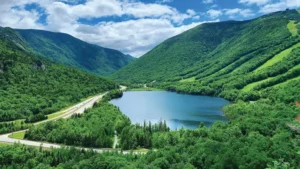
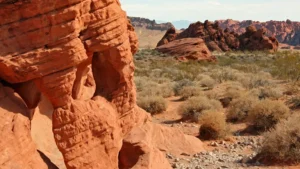
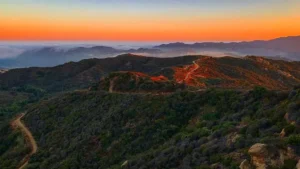
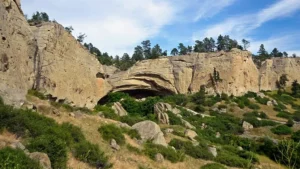
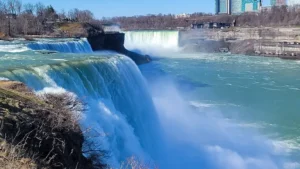
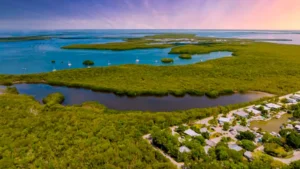


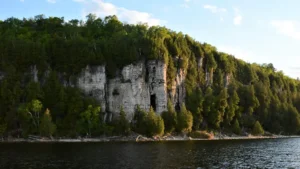

Leave your comment